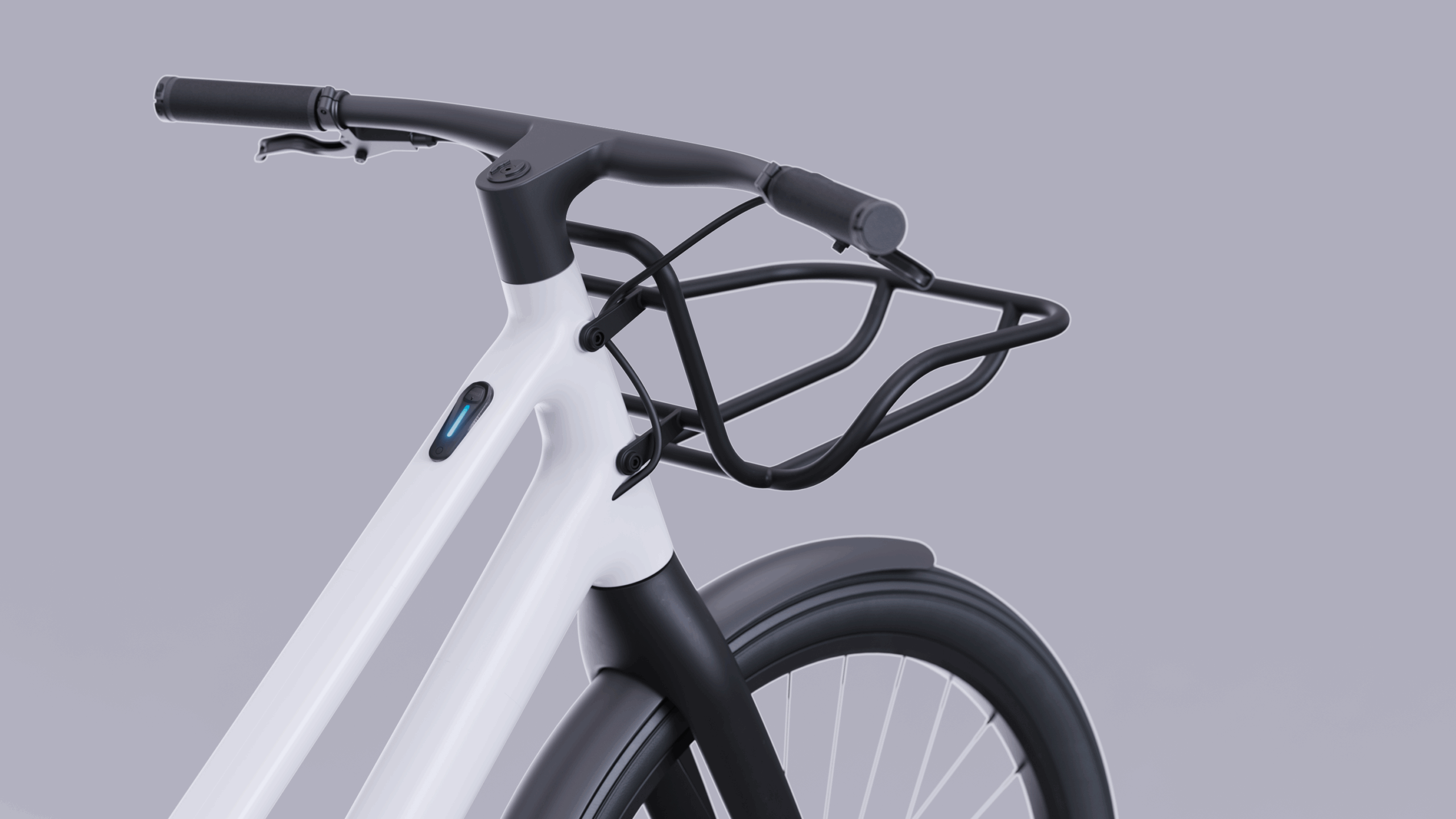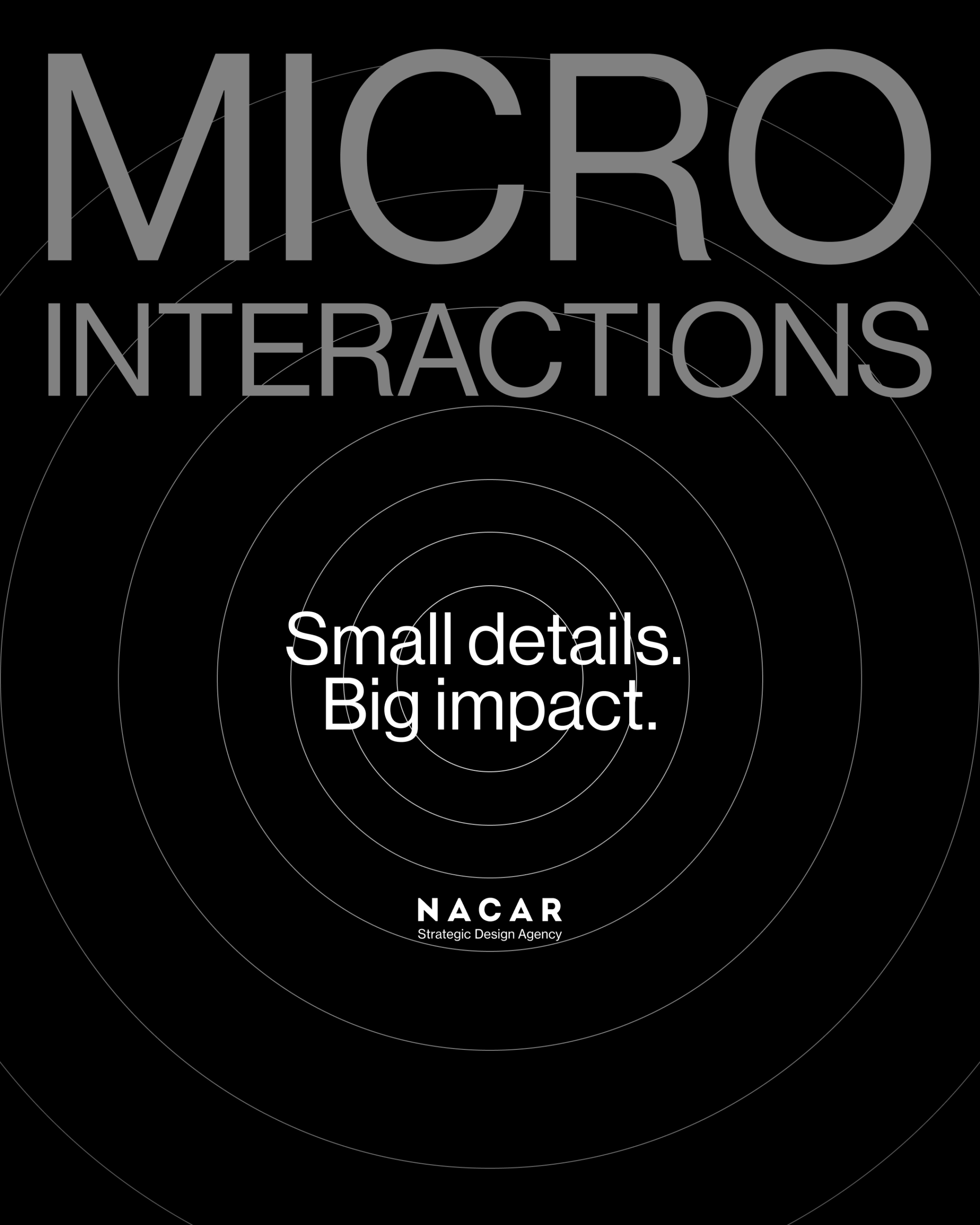
What is UX in mobile app?
- Nacar Design Team

But what exactly is UX in the context of mobile apps, and why does it matter? Find out with NacarDesign.
Understanding UX
User experience (UX) refers to the overall experience a user has when interacting with a product or service. It encompasses various elements, including usability, accessibility, and the emotional response elicited by the product. In mobile app development, UX design focuses on creating an intuitive and efficient interface that allows users to achieve their goals with minimal friction. Essentially, a well-designed app enhances user satisfaction, leading to increased engagement and retention.
The components of mobile UX design
Mobile UX design incorporates several key components:
Usability: This is perhaps the most critical aspect of mobile UX. An app must be easy to navigate and understand. Users should be able to accomplish tasks without confusion or excessive effort. For example, the layout of buttons, the organization of content, and the overall flow of the app play a significant role in usability.
Accessibility: A mobile app should be accessible to users of all abilities. This means considering users with disabilities and ensuring that the app is usable with assistive technologies. Features such as voice commands, text-to-speech options, and high-contrast visuals can greatly enhance accessibility.
Visual design: Aesthetics matter in UX. A visually appealing design can attract users and keep them engaged. This includes choosing the right color scheme, typography, and imagery that aligns with the app’s purpose and target audience.
Performance: Mobile users expect fast, responsive apps. Slow load times or laggy interactions can lead to frustration and abandonment. Ensuring that an app runs smoothly on various devices is crucial for a positive mobile experience.
Feedback mechanisms: Providing users with immediate feedback can significantly enhance the UX. Whether it's a subtle animation when a button is pressed or a loading spinner while content is being fetched, feedback assures users that their actions are being processed.
The role of research in UX design
Creating an effective UX design app requires thorough research. Understanding the target audience, their needs, and their pain points is essential for designing an app that resonates with users. Techniques such as user interviews, surveys, and usability testing can provide valuable insights into user behavior and preferences. This research informs the design process, ensuring that the app addresses real user needs rather than assumptions.

The importance of UX in mobile apps
Investing in UX design for mobile apps has several benefits. A well-designed app can lead to higher user satisfaction, which in turn increases the likelihood of positive reviews and word-of-mouth referrals. Additionally, users are more likely to return to an app that provides a seamless and enjoyable experience. In contrast, poor UX can result in high abandonment rates, negative reviews, and ultimately, failure of the app in the competitive market. Moreover, focusing on UX can help differentiate an app from its competitors. In an era where users have countless options, a superior mobile experience can be the deciding factor in which app users choose to download and use.
Trends in mobile UX design
As technology evolves, so do the trends in mobile UX design. Current trends include the use of micro-interactions, which are small, subtle animations that provide feedback to users, enhancing the overall experience. Another trend is the emphasis on dark mode options, which can reduce eye strain and save battery life on OLED screens. Furthermore, voice user interfaces (VUIs) are gaining traction as voice-activated features become more common, allowing for a hands-free interaction method.


Moulded thermoplastic composites; lightweight and recyclable. The BCPR project.
